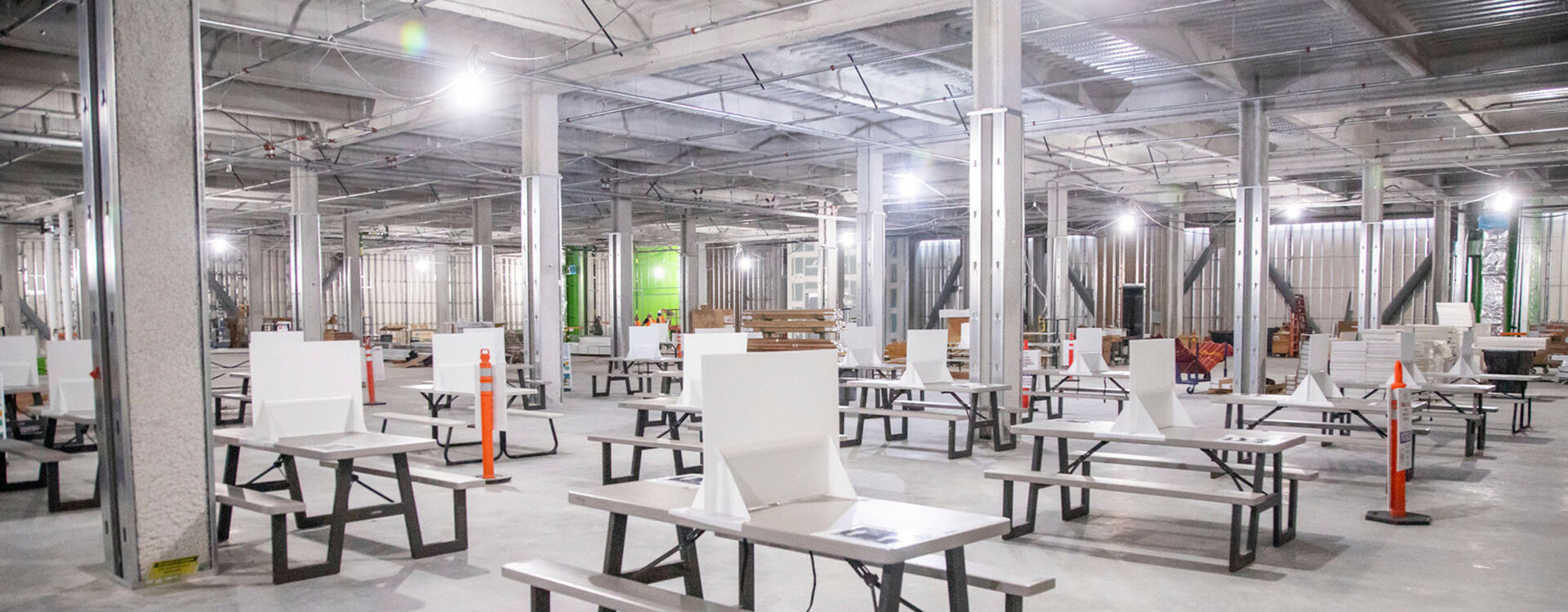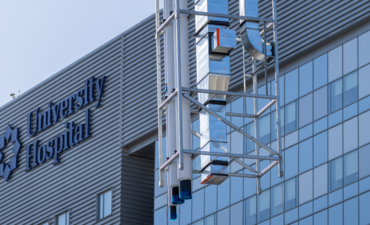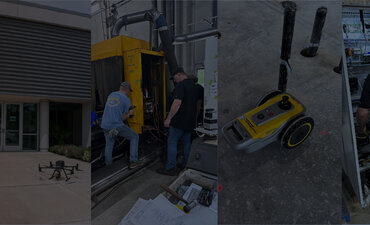
In these unprecedented times, COVID-19 response plans must be incorporated into the regular safety mindset.
Before COVID-19, the construction industry was constantly responding to variety of safety challenges, but amid the COVID-19 pandemic, companies are now having to respond to normal safety challenges as well as the new challenges presented from the pandemic.
How can companies rise to both challenges and implement general work safety practices and COVID-19 guidelines? Through extensive pre-planning and a renewed focus on jobsite safety, construction companies can maintain their normal operating safety plans as well as their new COVID-19 response plans.
In these unprecedented times, COVID-19 response plans must be incorporated into the regular safety mindset. Although it would seem like a complication that would make jobs much more difficult, it has helped to streamlines processes and improve efficiency. Even in the most uncertain times, lemons can still make lemonade.
Extensive pre-planning
Extensive pre-planning must be considered in every situation to incorporate city, state, and federal requirements for the overall safety of team. In order to manage and incorporate new COVID-19 regulations, specific resources can be allocated to serve the unique needs of employees regarding the pandemic. Clear communication and alignment of new practices with construction safety ensures that work can be performed under the safest possible conditions. Revising jobsite safety plans, incorporating new regulations, and focusing on quickly disseminating clear and concise communications to teams helps keep everyone informed and safe once a project begins.
Jobsite safety plans
Jobsite safety plans are individual to the particular environment found at each project site and office. As a result, each plan for each site has to be recreated to meet the unique needs of the project. To implement new safety procedures, individual tasks must be examined to see how to implement COVID-19 guidelines. When trying to mitigate any health concerns, job hazard analyses must be completed to ensure overall safety and compliance with health precautions.
Stricter rules for work areas and sanitation offer a heightened awareness for safety. Although creating new requirements, redoing safety plans, and providing increased training are not easy tasks, enhanced safety practices that are a direct result of COVID-19 also lead to a safer workplace overall.
Vice President, Safety & Risk Management
As Vice President of Safety and Risk Management, Reyann Contreras is responsible for the administration and performance of Southland's safety program, including insurance claims management for workers' compensation and general liability and theft. Focusing on keeping our people safe, she develops and implements Southland's safety program.
Read Full Bio


